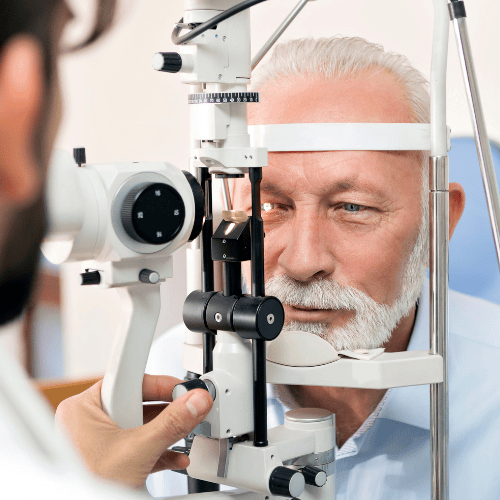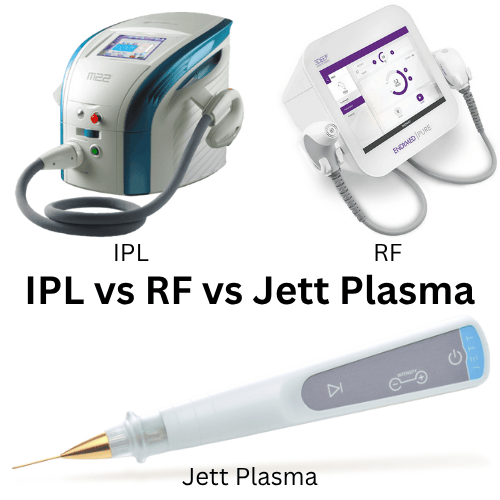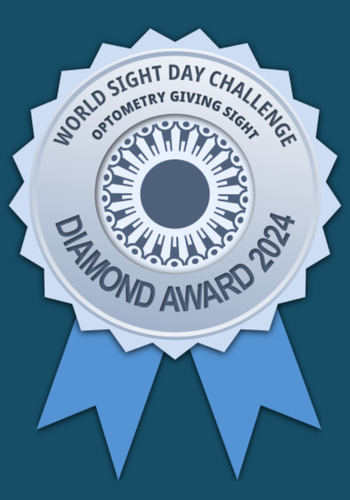What exactly is a “comprehensive eye exam”?
by Dr. Carla Bunn
Comprehensive . A simple word: one that might seem intuitive, without need for much explanation. Yet I find that this single word seems to be one of the most confusing terms used in Optometric practice, despite the fact that we in the eye care industry use it on a routine basis. At Mountain View Optometry we strongly believe in the value of regular comprehensive eye exams.
What, exactly, does ‘ comprehensive ’ mean? In my mind, there are 5 components that must be addressed for an eye exam to qualify as ‘comprehensive’.
Components of a comprehensive exam:
1)
History and ‘chief concern’:
Looking into
the past and present – Looking at each individual’s current and past eye and medical history, as well as the primary concern at the present time. It serves as a template for the exam and guides the optometrist to other possible issues that may warrant increased awareness or further testing, given family history or other eye related/medical concerns.
2)
Refraction
: The primary reason that many people visit their optometrist: to get a
new prescription for glasses or contacts. What many may not know is that changes in prescription over time can alert a vigilant optometrist as to other possible concerns that need to be addressed (for example, a constantly changing eyeglass prescription in a patient with diabetes may be caused by changes in blood sugar level. Or, a changing prescription in a contact lens wearer might be due to eye health problems from contact lens overwear).
3)
Eye Health:
A complete analysis of the
overall health of each patient, with a focus on preventative care, checking for not only eye-related but other medical conditions (such as high blood pressure or diabetes), and treatment/referral if necessary. At Mountain View Optometry we use high technology imaging equipment, such as
optomap retinal scans or Canon digital photos, which are powerful tools since visual images can be used to track changes over time.
4)
Binocular vision and focusing assessment
: Testing the
eye’s ability to work together as a team, as well as ability to focus easily and quickly at various distances. Problems in these areas can lead to eye strain, blurry vision or headaches in a youth or adult. Problems with binocular vision in a child can lead to permanent impairment (“lazy eye”, for example) that are not always easy to detect by a parent or teacher.
5)
Follow up, referral and recall:
Looking at the
future – Each and every eye exam should include a summary of the optometrists’ recommendations, setting a guideline for further follow-up or referral as needed, and a recommendation for recall based on each person’s individual ocular needs.
Each and every full ocular examination at Mountain View incorporates the components as outlined above, with an emphasis on compassionate, patient centered care designed to enhance and protect the vision of each person that walks through our doors.
To conclude- another way to describe the term ‘ comprehensive eye exam’ would be my interpretation as follows: an examination of not only the ability for the eyes to see (a ‘sight test’), but a complete evaluation of the ability of the eyes to work together and an analysis of the health of the eyes and the body, focusing on the past, present and the future visual needs of each person.
– Dr. Carla Bunn











